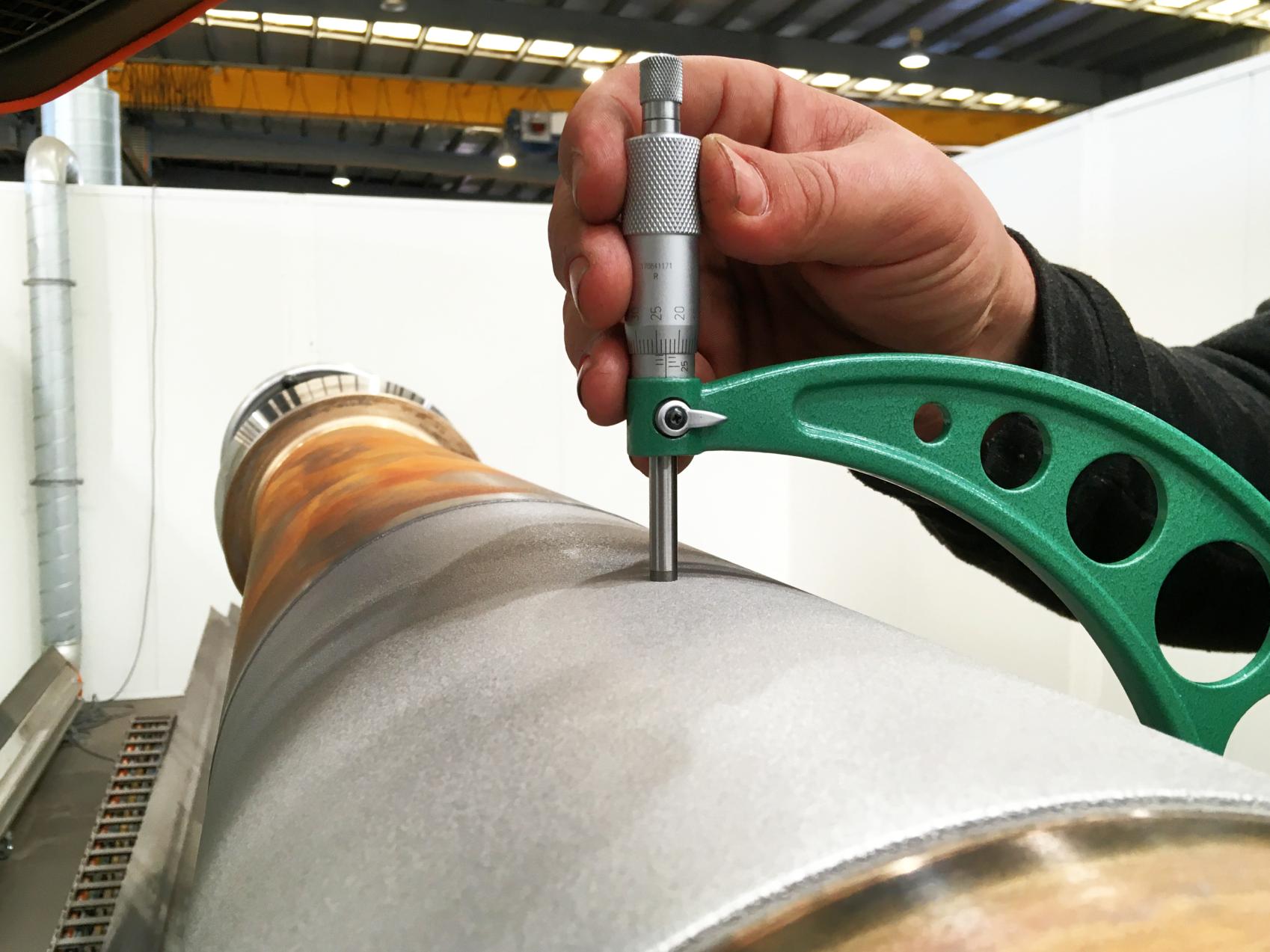Case Study
Posted on

“The pathway to this AEA Seed Grant has been a long, but exhilarating, journey. The outcomes will resonate across global industry. This is a dream project that has come true.” – Distinguished Professor Chris Berndt, Swinburne University of Technology.
The challenge:
The mining and minerals sector operates in some of the harshest environments on the planet – from extreme temperatures and abrasive conditions to high pressures and corrosive substances. To tackle these challenges, there is a pressing need for advanced, cost-effective materials that can endure these harsh environments.
Traditional materials used for mining equipment, such as conventional metals and alloys, often fail to meet the rigorous demands of these conditions, leading to high operational costs, safety concerns, operating inefficiencies and productivity loss.
High entropy alloys (HEAs) - a type of metal that is stronger and more resistant to harsh conditions - have emerged as a promising solution. HEAs are composed of a mix of 5 or more metallic elements, which give them unique properties such as high strength, corrosion resistance and thermal stability.
The journey to discovering high-entropy alloys as coatings:
Over a decade ago, Lead Entrepreneur Distinguished Professor Chris Berndt and Associate Professor Andrew Ang, with the support of Swinburne University of Technology and colleagues from the Indian Institute of Technology Madras (IIT-M), Professors B.S. Murty and R.S. Kottada, began to explore HEAs.
The early research focused on understanding and employing HEAs as coatings for mining equipment, leading to the publication of one of the first manuscripts on the topic.
This development led to Ms Ameey Anupam from IIT-M and Mr Ashok Meghwal joining the group to further advance the research.
With a strong scientific foundation, the team were awarded an Industrial Transformation Training Centre under funding from the Australian Research Council (ARC) in 2018, followed by Professor Berndt, Associate Professor Ang and University of New South Wales’ Professor Paul Munroe being granted a Discovery Project from ARC in 2021. This funding increased their capabilities and supported postgraduate student, Mr Ecio Bosi Junior.
Despite their success a major challenge remained: acquiring the necessary materials for their coating fabrication. The roadblock highlighted the need for a more sustainable and efficient approach to material acquisition.
Promoting a circular economy:
Fast-forward to today and, with the support of an AEA Seed grant, the ‘Recycling critical metals and minerals into value-added alloy powders: A circular economy approach’ project is focusing on the efficient use of critical raw materials, such as cobalt, nickel, titanium and lithium, by developing new advanced alloys through the metal recycling route.
In partnership with industry partners, D&T Hydraulics and Engineering Pty Ltd, the project aims to promote a circular economy in advanced manufacturing by recovering and repurposing HEAs derived from end-of-life waste components, like worn out machinery parts, or industrial by-products thereby enhancing the sustainability and efficiency of metal usage.
The HEAs are specially designed for real-world applications, such as thermal spraying and 3Dprinting. By repurposing waste materials and end-of-life components, the project aims to improve sustainability in metal usage, reducing the reliance on conventional materials.
Professor Chris Berndt, Swinburne University of Technology said that he was excited to establish Australia’s sovereign capability in next-gen alloy production.
“The pathway to this AEA Seed Grant has been a long, but exhilarating, journey,” Professor Berndt said.
“The outcomes will resonate across global industry. The industry-university integrated team at Swinburne is proud to have initiated this fundamental and applied R&D over more than a decade.”
This project not only has significant implications for Australia’s manufacturing capabilities but also sets the stage for global industry impact.
“This is a dream project that has come true,” Professor Berndt said.
Next steps:
Swinburne University has appointed a Founder-in-Residence for Innovation & Enterprise, Mr Greg Lindsay, to help bring these innovations to market. With a decade of R&D behind them, the team will leverage their expertise in coatings technology, computational modelling, and surface science to address critical engineering issues.
The project's focus on promoting a circular economy further highlights its value for Australia's industry and economy.The high-tech alloys will be fit-for-purpose for the extreme operating environments in the mining and minerals sector, giving Australian industry a competitive edge.
AEA is a $1.6 billion Australian Government investment aimed at transforming Australia’s research translation and commercialisation landscape.
The program is funding projects that align with national priorities to help take innovative ideas through to proof-of-concept and proof-of-scale as projects progress towards commercialisation and the creation of new businesses.
Find out more about and follow the AEA LinkedIn page for regular updates.
